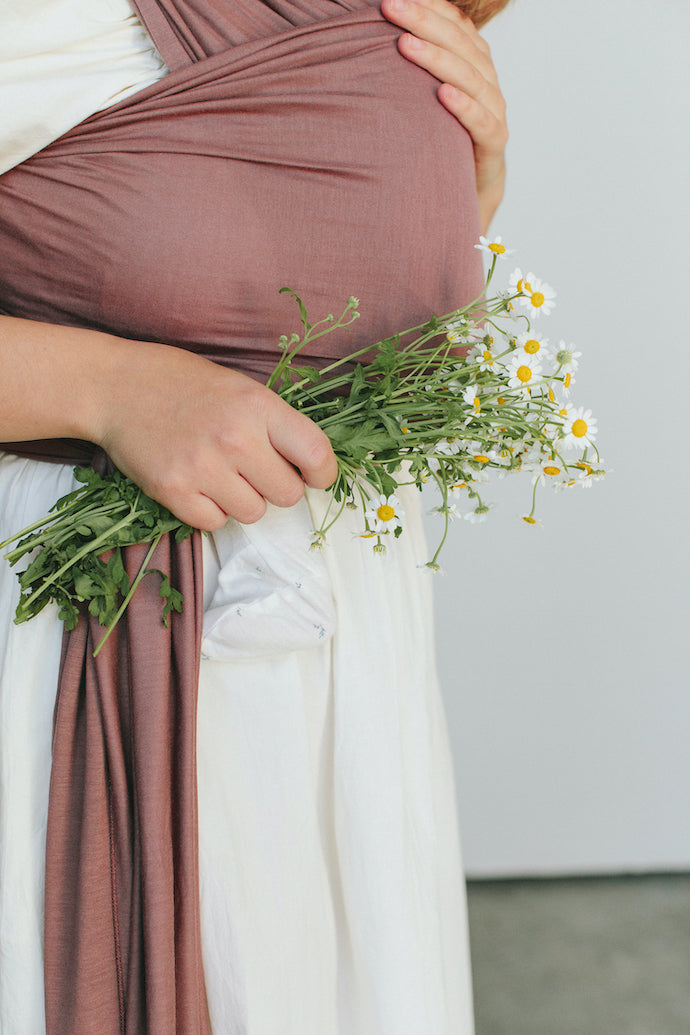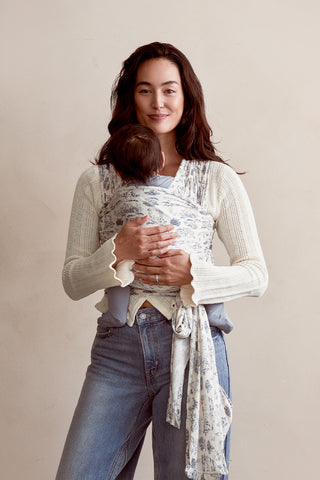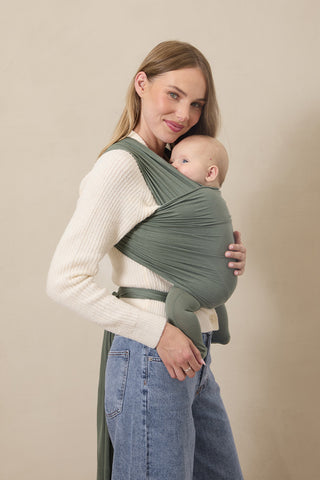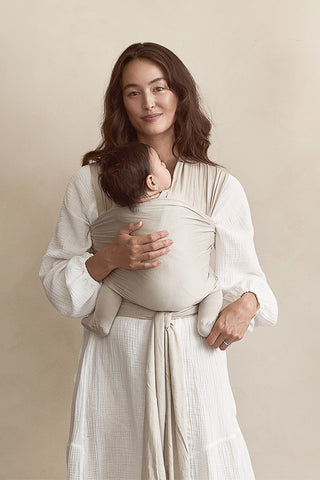
In botany, blossoms are typically the flowers of stone fruit trees and other plants with a similar appearance that flower profusely for a period of time in spring. Colloquially, blossom trees have a tendency to lose their flower petals in wind-blown cascades, often covering the surrounding ground in petals. This is how we’re generally able to distinguish blossom trees from other flowering plants.
On the other hand, blooming typically refers to the opening of flowers in general; the state of blossoming or of having the flowers open.
When we describe someone as “blossoming” our initial thought is most likely an image of someone fresh, someone lovely and full of rich promise. We might be more inclined to think about someone younger, with oodles of potential waiting to burst forth in the world. Blossoming implies development and growth. Or maybe if you’re old enough like me, it’s synonymous with your favorite 90’s tv show, but I digress.
Blossoms themselves are a symbolic flower of the spring, a time of renewal, and the fleeting nature of life. Their heyday is very short. After their beauty peaks around two weeks, the blossoms start to fall.
But we aren’t talking about blossoming this month. No, my friends. We are blooming. The term “blooming” actually dates back to the mid 13th century from an Old Norse noun from the same source as bloom –– "bear flowers, blossom, be in flower."
When we’re blooming we’ve progressed beyond the stage of blossoming. The flower thrives in every language, adorning what everyone says and imagines with the beautiful thought of blooms which teach by timeless example. What might our ancient attraction for flowers have to teach us about the deeper mysteries of how we can bloom from within?
Let's go back again to that definition of blossoming vs. blooming. Blossoms are inherent to spring, to a peak season that is brief and fleeting. But can there be bloom without springtime? Can there be bloom in times of chaos instead of peace?
Yes! The true meaning of "bloom" has nothing to do with springtime. It’s not about blue skies, sunny days, and sun-lit pastures of green. The meaning of bloom lies in maturity. It’s the pinnacle of growth, when a flower or other fauna has grown and matured.
Different plants thrive at different times of the year, since they each have individualized needs for sunlight, water, etc. This is why not all plants bloom on the first day of spring. Instead, they bloom at the times when they will have the best chance to survive and thrive.
Think about that the next time you're struggling or feel like you're not measuring up. You're not a blossom who will burnout in a blaze of glory. You are a thriving, unfurling creature who is learning and growing. You're cultivating your own garden, primed with everything you need in this life to bloom at the right time. So go forth, bear flowers, blossom, be in flower.









